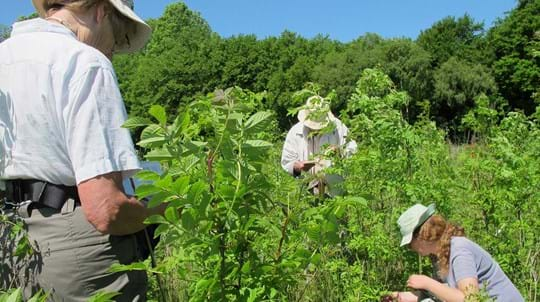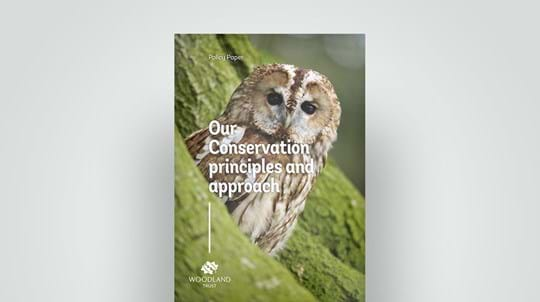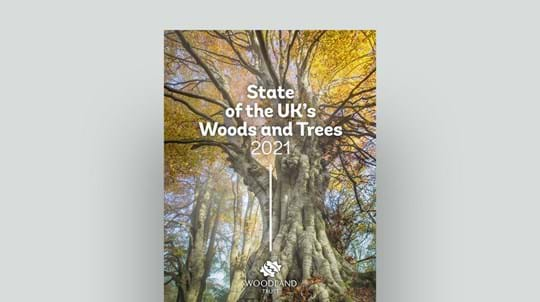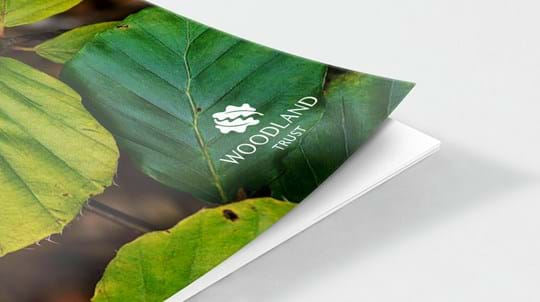
About us
Research projects we are funding
We have awarded funding to research projects that address issues facing the conservation of the UK’s native woods and trees.
Established in 2016, the Woodland Trust's Conservation Research Programme delivers applied research through funding and collaboration.
In collaboration with our valued stakeholders, we focus on maximising conservation impact – underpinning our work with evidence and building our credibility as leaders in conservation science and practice.
By aligning our research priorities with our strategic goals to protect, create and restore, we deliver our vision of creating a world where native trees and woods thrive for people and nature.
Please note: these grants are only for research-related projects. If you're planning to undertake tree planting in your school or community, you can find out more on our free trees for schools and communities page.
The 2022 Research Grant Call focused on awarding Small Research Grant funding of between £20,000 and £60,000 for research projects aimed to address one or more of our priority research themes within 24 months.
Small Research Grants are to award funding:
Applications for 2022 Research Grant Call funding have now closed and are no longer being accepted. Please contact us at research@woodlandtrust.org.uk if you would like to be notified when our next grant call is open.
About us
We welcome applications for Small Research Grant funding from individual investigators and project teams with an interest in the conservation of UK woods and trees.
About us
Your application must meet a number of funding conditions in order to be considered. Here we provide further detail on the types of research we can and cannot fund.
About us
We assess research proposals against a number of eligibility criteria before shortlisting. Grant applications are then scored on how well they meet scientific review criteria. Here we outline the process.
About us
Researchers may request access to our extensive portfolio of sites and existing citizen science datasets to include in their research proposals. Find out more about what might be available to you.
Our research priorities are directly aligned with our strategic goals, with an overall focus on creating a world where native trees and woods thrive for people and nature.
Grant applicants are encouraged to explore any applied research that aligns with the themes to protect, create and restore, and must demonstrate how their research project will address one or more of these themes. Example priority questions are included for each research theme; however, this is not an exhaustive list.
To enhance our ability to protect all ancient trees and woods, stop the loss of irreplaceable habitats and carbon stores, and preserve our natural heritage.
Research under this theme should aim to inform the protection of new and existing woods and trees, particularly those that are ancient, from the huge array of threats that they face – enhancing resilience and ecological integrity at both a site and landscape scale.
We encourage research that enables us to map and prioritise threats more effectively and, as a result, allows us to make the case for better protection through campaigning and policy influencing.
Topics and issues of interest under this theme include (but are not limited to):
To enhance our ability to create quality native woods and trees to benefit nature, climate and people into the future.
Research under this theme includes the investigation of innovative techniques and methods for creating new native woodland for different objectives, in different environments and at different scales – at a local and landscape level.
Research outputs should be directly beneficial to practical delivery or policy influencing, and may take either a site or landscape approach. The overarching aim should be to create more biodiversity-rich ecosystems that are bigger, better and joined up. In addition to the impact on biodiversity and people, research may investigate the economics and cost-effectiveness of different approaches.
Topics and issues of interest under this theme include (but are not limited to):
To enhance our ability to restore the ecological condition of existing native woods and trees and the landscapes in which they sit, to increase resilience and create the conditions for nature and people to thrive.
Research under this theme should seek to provide policy or practical solutions to restoring native woodland and wooded landscapes, not just planted ancient woodland sites (PAWS), to improve and secure ecological condition. Only 7% of native woods are in favourable ecological condition for wildlife.
Our ancient and veteran trees also face threats. Research is needed to enhance our ability to restore and secure these living legends, delivering evidence-based approaches to management.
Topics and issues of interest under this theme include (but are not limited to):
We are particularly interested in applied, interdisciplinary research projects addressing issues with landscape-scale significance. This means we encourage research which integrates woods and trees across other habitats where appropriate, across other land-uses that traditionally do not feature trees, and into society more widely. However, it is acceptable for projects to be focused on individual sites or trees if this is instrumental to addressing the research question. If this is the case, scaling up outputs to have the broadest applicability will be encouraged.
Contact our team for more information about our conservation research programme and grant funding.
Email: research@woodlandtrust.org.uk
Phone: 0330 333 3300
If you're looking to plant trees with your school or local community, take a look at our free trees for schools and communities page instead.

About us
We have awarded funding to research projects that address issues facing the conservation of the UK’s native woods and trees.

Policy paper
PDF (2.67 MB)

Research report
PDF (27.62 MB)

Publications
Explore our database of publications, reports, case studies and documents on woodland conservation, our work and influencing national policy.